Walking through Wren with the Spotswood Society
The Sir Christopher Wren Building is an iconic symbol at William & Mary. Built between 1695 and 1700, it is the oldest college building still in use in the United States. Several important W&M traditions take place here, like freshman convocation and the Yule Log ceremony. Many students also try to take a class in Wren before they graduate; I’m happy to finally be taking a history course in Wren this semester! Last year, I applied to join the Spotswood Society, a group of student volunteers who give tours of the building and help out at events in the Historic Campus — the area of campus that includes the Wren Building, President’s House, and Brafferton Building. I started giving tours this past fall and have loved interacting with the wide range of guests and prospective students who come to visit our campus from around the world.
In addition to knowing a variety of facts about the building itself, I think that our main goal as tour guides is to make guests aware of the Wren Building’s complex and often difficult past. Two of the topics we discuss on tours are the history of slavery at William & Mary and the role that the Brafferton Indian School played in colonial relations with Native Americans. In the 18th and 19th centuries, enslaved African Americans would have had a prominent presence on campus and in Williamsburg. William & Mary owned, bought, and sold slaves. They were responsible for the construction and maintenance of the Wren Building. No archaeological evidence has yet been uncovered that proves there was a separate building for the enslaved on campus grounds. Thus, it is likely that many of these people were living throughout the Wren Building itself.
Native Americans also had an influential and active presence in Williamsburg. William & Mary’s Royal Charter included a provision for Indian education at W&M, and the Brafferton Building was constructed in 1723 for this purpose. Native American students were sent to the Brafferton, sometimes against their will, to be taught the English “way of life” and doctrines of Christianity. However, records show that some former Brafferton students worked against this oppressive environment by becoming important interpreters for their tribes.
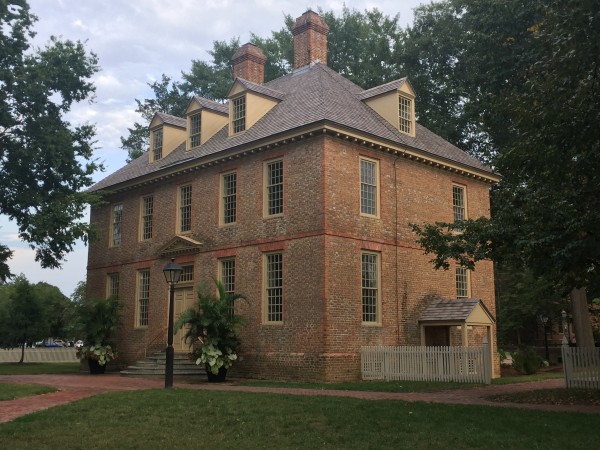
The Brafferton Building is currently used as office space for W&M’s president and provost and is not open to the public.
Today, efforts are being made to shed light on these histories. The Lemon Project: A Journey of Reconciliation was founded in 2009 and named after Lemon, an enslaved man at W&M. The Project is dedicated to researching the history and effects of slavery and racial segregation at William & Mary. Plans for the future include designing a memorial to honor the enslaved who lived and worked at W&M. Furthermore, The Muscarelle Museum of Art recently held an exhibition and symposium about the founding, funding, and legacy of the Brafferton Indian School. A related anthropology class allowed students to present their original research about an aspect of the Brafferton’s history at the symposium.
Before joining the Spotswood Society, I knew very little about the history of the Wren Building, slavery at William & Mary, or the Brafferton Indian School. I’m extremely grateful for the opportunity I’ve had to learn more about these topics and to share this knowledge with the public. During my tour shifts, I’ve had a lot of time to reflect on the Wren’s place in William & Mary’s history. Many different people from all walks of life have lived and worked at the Wren Building over the past three centuries. All of these people would have experienced and viewed the space differently. Only by illuminating all elements of the Wren’s past can we really do justice to those who walked its halls before us.
Comments are currently closed. Comments are closed on all posts older than one year, and for those in our archive.

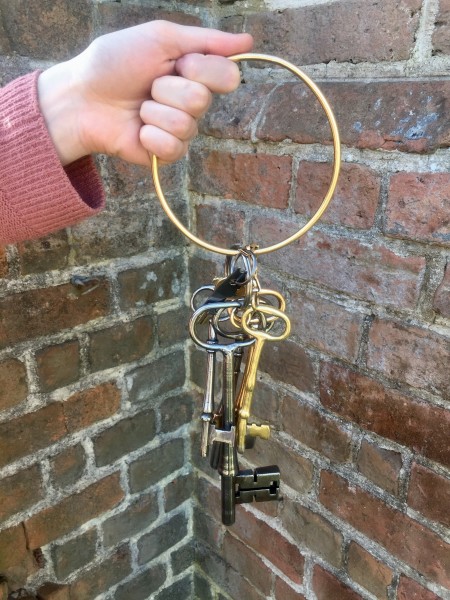
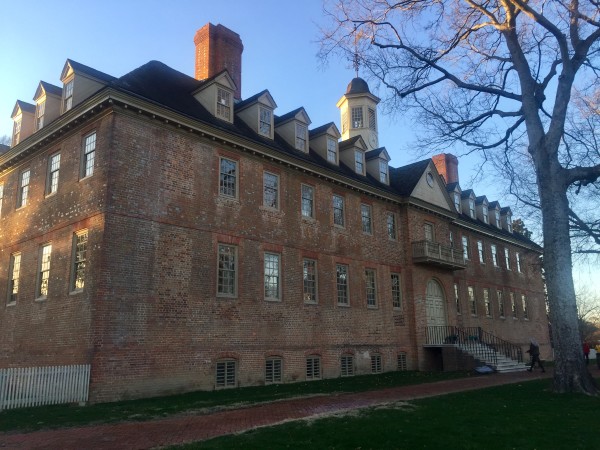
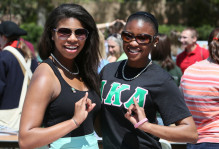
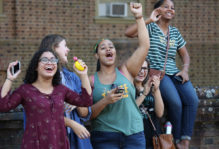

Interesting post Ann, the Spotswood Society sounds like a great experience. I’m glad you are having fun in college!